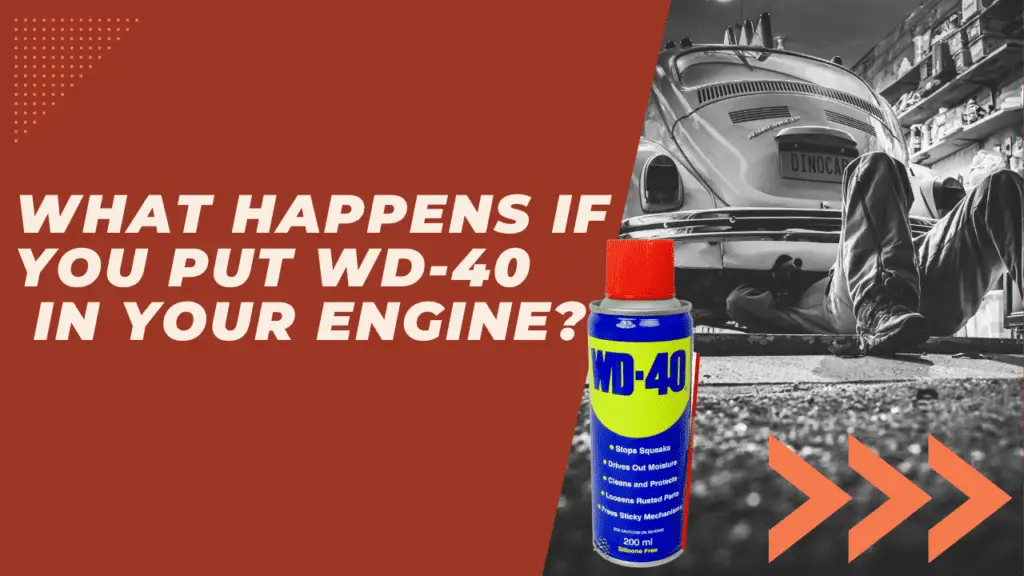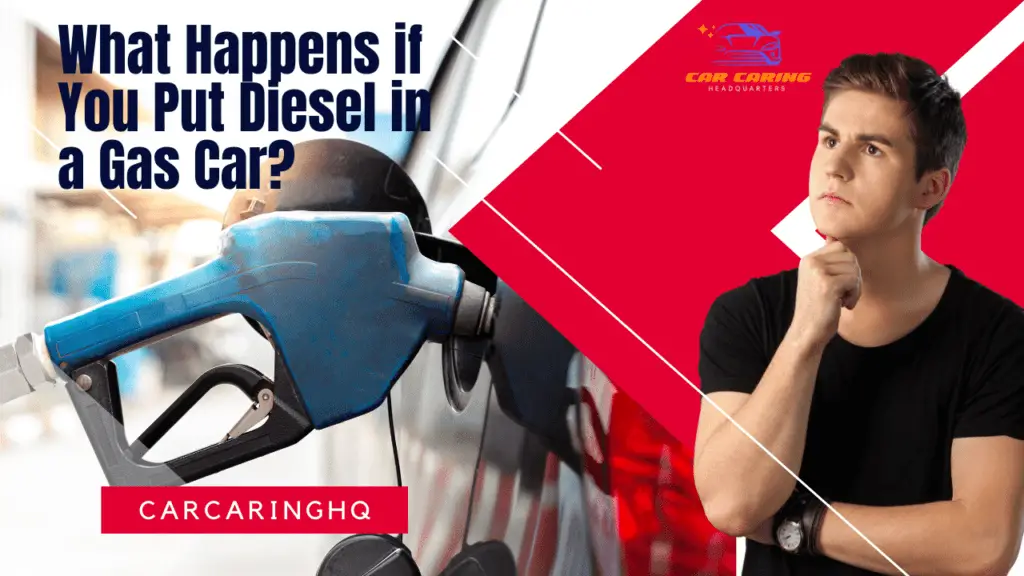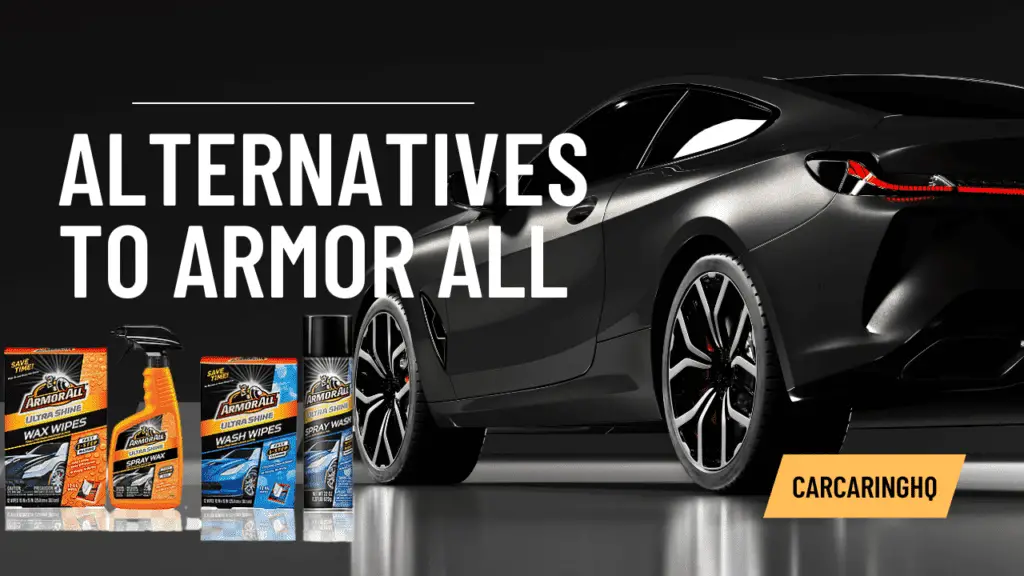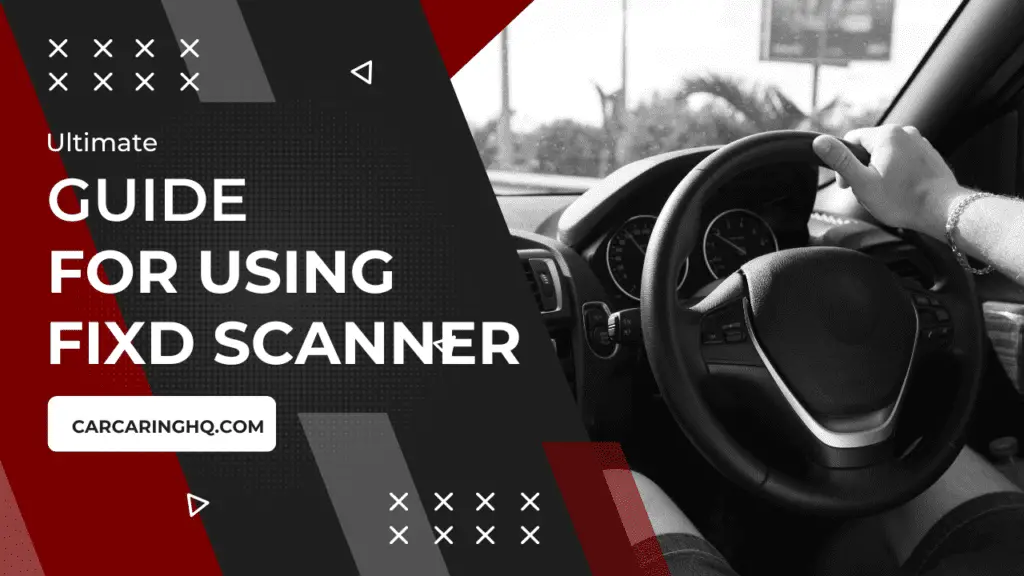Prepping your car’s paint before applying a ceramic coating is a detailed process that can significantly impact the coating’s durability. It’s not just about following instructions; understanding the entire preparation process is crucial. Ceramic coatings provide semi-permanent paint protection that can last for multiple years, but their effectiveness heavily depends on how well the paint surface is prepped beforehand. This involves more than just washing the car; it includes decontamination and ensuring that there are no lingering waxes or oils on the surface.
Many car enthusiasts and professional detailers often overlook critical prep steps, leading to premature coating failure. Using the right products for washing, decontaminating, and preparing the surface is essential. The video emphasizes the significance of using alkaline and acidic shampoos, iron removers, tar removers, and clay bars for thorough decontamination. Moreover, it highlights the importance of paint correction to remove any previous protections and contaminants fully. The use of specialized paint prep sprays that contain surfactants and citrus components is recommended for dissolving oils left behind by polishes and compounds, ensuring a completely clean surface for the coating to bond effectively.
Table of Contents
Importance of Proper Paint Preparation
Ensuring that your car’s paint is adequately prepared before applying a ceramic or graphene coating is more critical than most people realize. The longevity and effectiveness of these coatings, which can last for up to five years, largely depend on how well the paint surface is prepared beforehand. Simply washing the car isn’t enough; a meticulous process is required to remove contaminants, oils, and old waxes that could interfere with the coating’s ability to bond properly.
Many car owners assume that a quick wash and an isopropyl alcohol (IPA) wipe-down are sufficient for paint preparation. However, professional detailers emphasize the importance of thorough decontamination and paint correction. This includes using specialized products like alkaline and acidic shampoos, iron removers, tar removers, and clay bars. These steps ensure that the paint surface is free from any residues that could prevent the coating from adhering correctly.
The Detailed Process of Paint Decontamination
The first step in the detailed process of paint decontamination is a comprehensive wash. It’s crucial to use a soap free of waxes or protective agents. An alkaline snow foam can help break down road grime and traffic film, followed by an acidic shampoo to remove mineral deposits and break down old waxes and sealants.
After the initial wash, chemical decontamination begins. An iron remover is used to eliminate brake dust and iron particles, followed by a tar remover to address tar spots. Mechanical decontamination steps, such as using a clay bar, clay towel, or clay mitt, are then employed to remove any remaining embedded contaminants like tree sap or paint overspray. This ensures that the paint surface is absolutely smooth and free of impurities.
The Role of Paint Correction
Following decontamination, paint correction is the next vital step. This involves using polishing compounds and pads to remove any previous layers of wax or sealant entirely. The goal is to achieve a completely clean and virgin clear coat that the ceramic or graphene coating can bond to effectively.
Contrary to popular belief, the paint doesn’t need to be flawless before applying a coating, but it does need to be free from any previous protections. Paint correction not only ensures a clean surface but also enhances the car’s gloss, clarity, and overall appearance by removing swirls, scratches, and oxidation.
The Importance of Paint Prep Sprays
Even after polishing, residues from oils used in the polishing compounds can linger on the paint surface. Simple IPA solutions are often inadequate for removing these oils completely. Paint prep sprays, which contain alcohol as well as surfactants and citrus components, are more effective at dissolving and removing these residues.
Branded paint prep sprays from the same company as the coating product are highly recommended. They are specifically formulated to prepare the surface for that particular brand’s coating, ensuring maximum compatibility and effectiveness.
Advanced Degreasing Techniques
Some professional detailers and brands recommend an extra step of washing the vehicle with a highly degreasing soap solution, such as dishwashing liquid, before applying the paint prep spray. This ensures that any lingering oils are entirely removed. Brands like Gyeon have developed specialized degreasing tabs designed to be dissolved in water, providing a potent cleaning solution that guarantees a perfectly clean surface.
This thorough degreasing step is particularly vital when using various polishing compounds and not just those from the coating brand. It ensures that the surface is free from all contaminants and residues, thus providing the best possible bonding surface for the coating. This additional effort can significantly improve the coating’s durability and effectiveness, ultimately offering better protection for the vehicle.
After considering all the detailed steps in prepping your car’s paint for a ceramic or graphene coating, it becomes clear that thorough preparation is essential for achieving the best results. The durability and effectiveness of these coatings hinge on meticulous cleaning, decontamination, and paint correction.
Ensuring that every bit of previous protection, such as waxes or sealants, is removed requires more than just a simple wash. The use of specialized products like alkaline and acidic shampoos, iron and tar removers, and a clay bar guarantees that the surface is impeccably clean. Following this, paint correction and the right paint prep sprays ensure that any residual oils from polishes are entirely removed, providing a pristine surface for the coating.
Moreover, advanced techniques, such as an additional degreasing wash with dishwashing liquid or specialized degreasing tabs, can further enhance the surface preparation, ensuring no oils or contaminants interfere with the coating’s bonding. This extra effort in preparation can significantly extend the life and performance of the coating, ultimately offering superior protection for the vehicle.
In summary, the success of a ceramic or graphene coating application is highly dependent on the thoroughness of the prep work. By adhering to these detailed steps and using the right products, one can maximize the longevity and effectiveness of the coating, ensuring that the vehicle remains protected and visually appealing for years to come.







